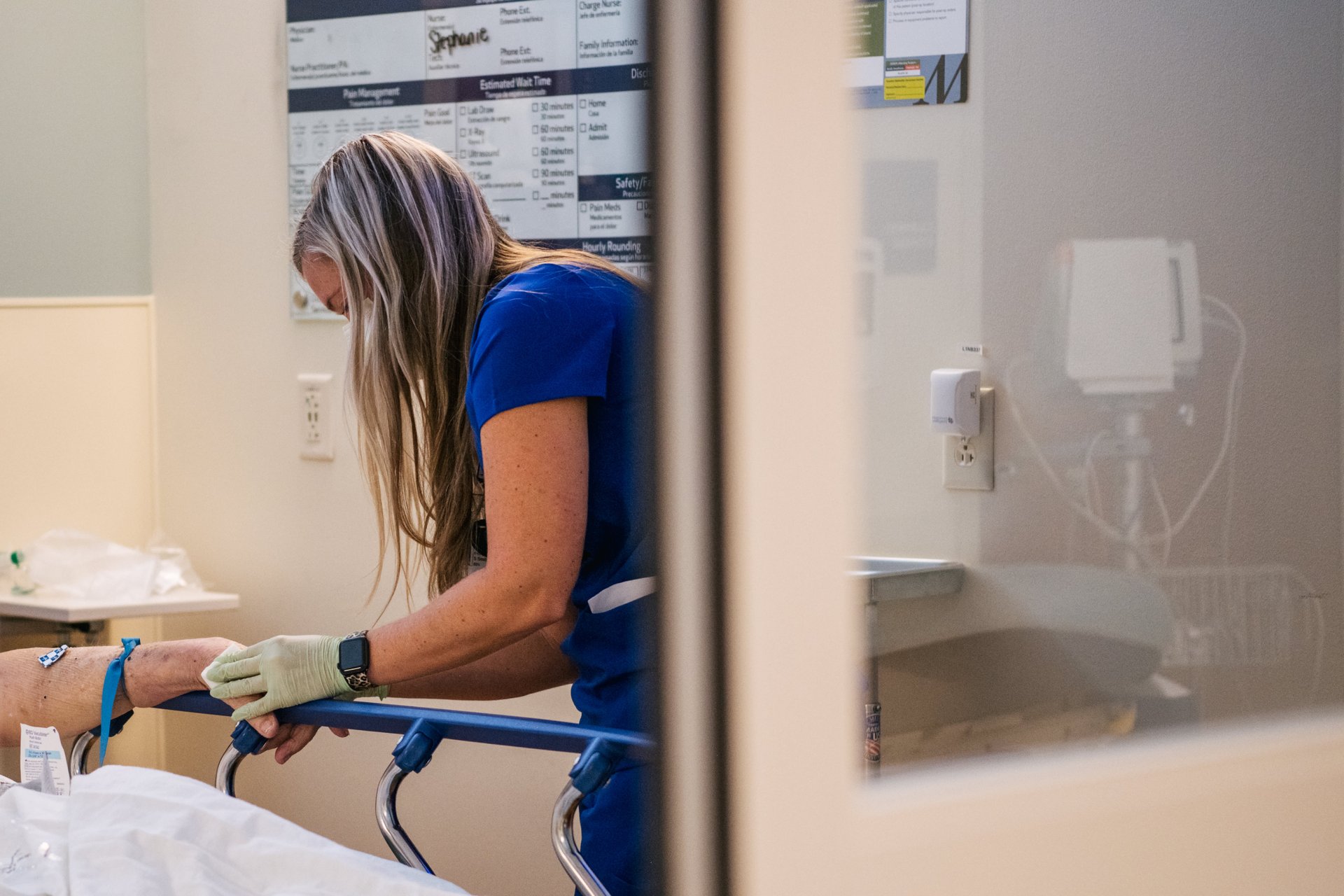Next year's labor market could look a lot like 2019
Labor force participation has hit its highest rate since before the pandemic, and healthcare is once again a big driver of job growth

The labor market is about to run back the clock—about five years or so.
Suggested Reading
Higher labor force participation, wage gains, and a strong healthcare sector are pushing the US labor market back toward its pre-pandemic trends, according to Nick Bunker, the director of economic research at Indeed—something he expects to continue into next year. “I think the 2024 labor market is going to rhyme a lot with the 2019 labor market,” he told Quartz.
Related Content
Prior to the pandemic, healthcare was a major engine of the US labor market, Bunker noted. But employment in the sector fell by half a million jobs (pdf) between February and December 2020, led by job losses (pdf) in nursing and residential care facilities, according to US Bureau of Labor Statistics data. Unlike large employment gains in hospitality and leisure in 2021, healthcare jobs experienced little growth. But the sector began to bounce back in 2022, then added an average of 54,000 jobs every month this year. Healthcare made up nearly 40% (pdf) of the overall job growth in November, according to employment data released by the Bureau of Labor Statistics Friday (Dec. 8).
“It’s a return to the status quo before the pandemic,” said Bunker. “Now we’re back to the long-term underlying trend, which seems to be healthcare as a source of job gains.” That’s because Americans are getting older, and US health spending is rising.
Labor force participation in November reached its highest rate, 62.8%, since the months leading up to the pandemic, when it ranged from 63.2% to 63.4%. Unemployment also edged down slightly to 3.7% from 3.8% in October. Wages have risen faster than inflation since May, but the pace has slowed.
“Nominal wage growth, or wage growth before inflation, spiked to very high levels in 2021 and 2022,” Bunker said. “It’s coming back down to earth now.”
A soft landing for the economy
The November jobs report is another indicator that a soft landing for the US economy is upon us.
Inflation and an overheated labor market drove the Fed to hike interest rates a record 11 times since 2022. But in the last few months, the job market has cooled enough to avoid further interest rate hikes while employment numbers have stayed strong, experts say.
“Labor force participation, a slight downtick in unemployment rates, and a solid gain in jobs numbers … keep in track the narrative that we are heading toward a soft landing that should not require any further hikes from the Fed and may indeed be consistent with cuts beginning in the middle of 2024,” said Brett House, a professor of economics at Columbia Business School.
Americans are feeling better about the economy as inflation eases. Consumer sentiment is up 13% so far this month, making up for Americans’ gloomy feelings over the last four months, according the University of Michigan’s survey of consumer sentiment. And consumers’ inflation expectations fell to 3.1% in December from 4.5% last month, the survey found. People are also feeling better about the economy because they anticipate a positive impact from next year’s elections.
“Sentiment for these consumers appears to incorporate expectations that the elections will likely yield results favorable to the economy,” Joanne Hsu, the director of consumer surveys at the university, wrote in a post about the findings.